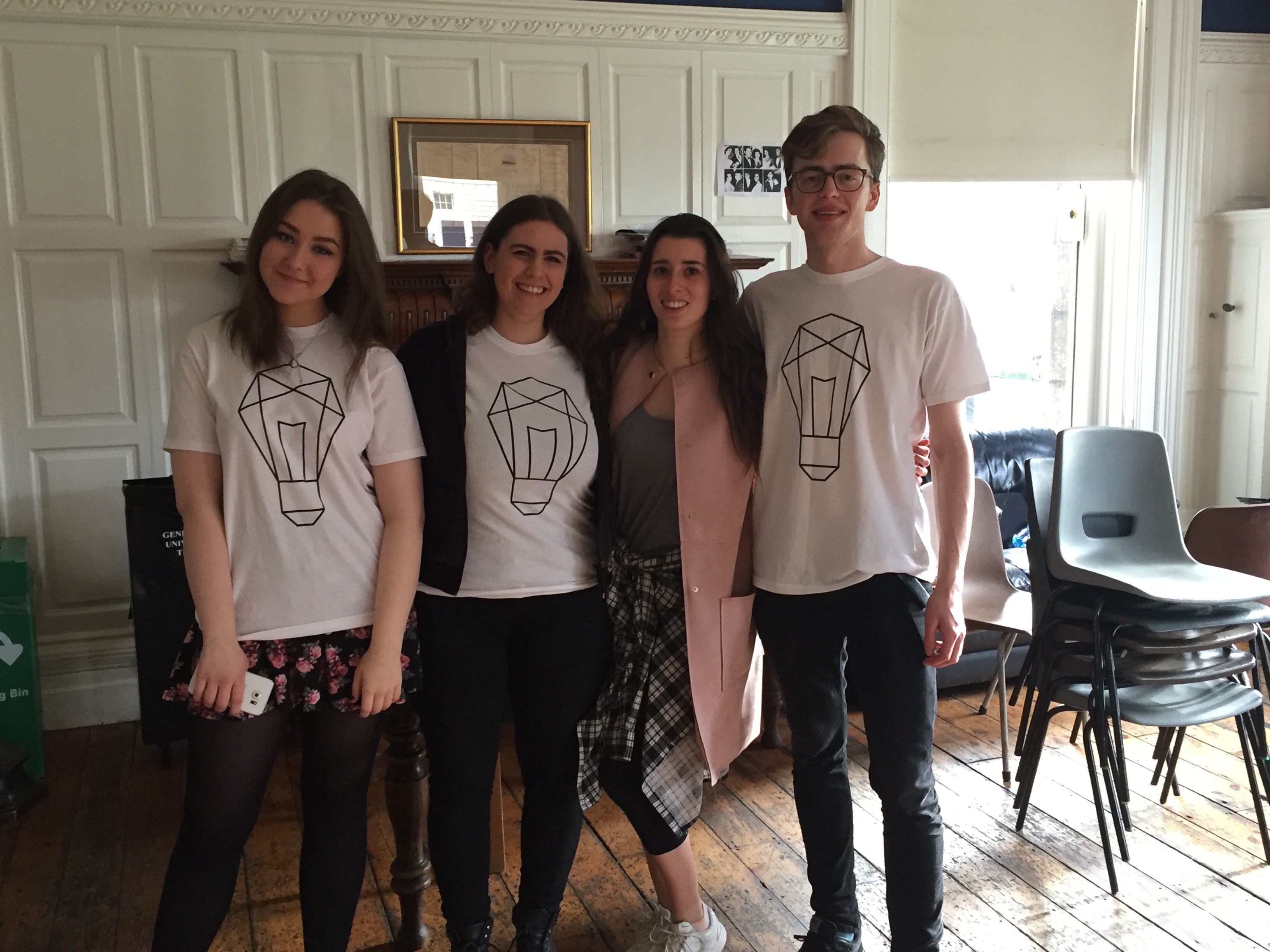As part of the Trinity Arts Festival (TAF), The Phil held a workshop today on how to debate on the subject of art. This event attracted a small crowd, allowing for an intimate workshop led by Ludivine Rebet, last year’s President of the Phil. Opening the workshop with the question “Who has done debating before?”, she received a smattering of raised hands in reply. With that, the first exercise was put into action – a walking debate. Each of Rebet’s claims pertained to art, the first being: “This house believes porn is art.”
The majority agreed with this statement, claiming the presence of “naked bodies in classical art” was similar to today’s pornographic photography. Rebet further explained that a winning debate team would often “argue what art is”, and then claim “anything that makes you feel is art”, to support the statement. However, the opposition felt that as the aim of porn is to sexually excite people, rather than make you think, it is quite different to art.
Following this, Rebet stated: “This house believes music artists who have committed serious crimes should not have their comebacks welcomed by the music industry.” This argument proved more divisive among the participants, with many in adamant disagreement. One debater noted that for artists like NWA, music was an escape from crime and we should not deny them the opportunity to better themselves. This led to those in agreement with the statement claiming that, due to its immense power and resources, it was the responsibility of the music industry to pass judgement on criminals as “it is difficult for their victims to see them rise to fame”. An undecided participant then argued that criminals can still become famous through YouTube and Soundcloud, even without the help of the music industry, and that there is no true way to stop people making art.
Following this was the motion, “This house believes film directors should have to abide by racial and gender quotas in the casting of the films.” The affirmatives felt, especially in LGBTQ+ Cinema, representation is very important as “lead roles are always played by good-looking white men” and don’t relate to the LGBTQ+ audience beyond the caucasian male figure . However, it was agreed that in some cases – for example, historical films – it would not be conducive with the era for minorities to be in equal presence.
Rebet’s penultimate statement was the most hotly debated. However, at this stage in the workshop, the participants could no longer pick their side of the argument. Instead, everyone formed a circle and Rebet picked someone to initiate agreement with the statement. Once they voiced their supporting opinion, they picked another person to oppose it. In this way the debate alternated between agreeing and opposing viewpoints. For this exercise the topics were “This house believes art sold for a significant profit is not art” and “This house believes Beyoncé and Taylor Swift are good for feminism”.
On the former statement, the affirmatives claimed that profitable art is the reward of a skillful artist. In contrast the opposition felt the prospect of profits may skew the artist’s intention and incite them to paint for the mass market, rather than for themselves. With regard to Taylor Swift and Beyoncé, those in agreement with the statement felt women at the top of the music industry are inspirational for younger girls, while those in opposition felt Swift’s music was too focused on men to be truly feminist material.
Rebet’s final exercise concerned the nature of art and involved questioning what made the Mona Lisa, Jamie McCartney’s Bra Collage and the iPhone 7, art. While DaVinci’s work was considered art by everyone present, some felt the shock value of McCartney’s collage eclipsed it’s artistic qualities. Interestingly, everyone claimed the modern graphic design and structure of the iPhone made it comparable to classical painting and sculpture.
Although many of the debaters were reserved initially, they became progressively more vocal and confident in their opinions as the workshop continued. The Phil’s workshop proved extremely informative and helpful for those interested in debating art-based motions, setting a high standard for the many TAF events yet to come.







